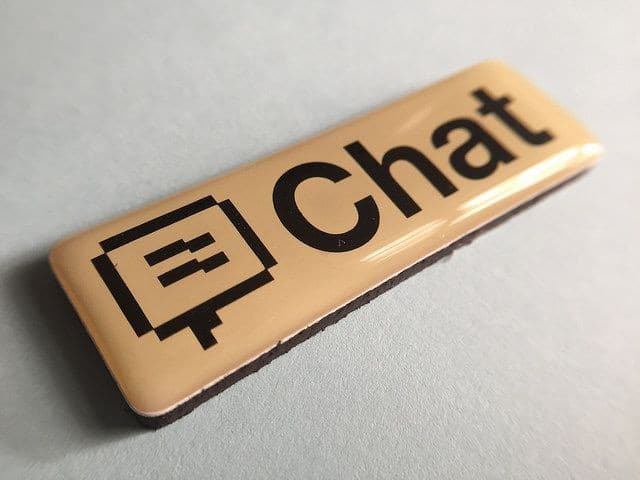Every business with a website would pay a great deal for the answer of how to get hits to convert to sales. That’s what a website is there for, right? It’s not a sign post, it’s a way of connecting your products and services to your customer base. One of the ways that some businesses try to do this is via proactive chat. This is the term that refers to the chat boxes that appear when you click on a site or stay on a site long enough without buying anything. Does proactive chat work, and is it worth adding to your website?
First, we must differentiate between mass and targeted engagement when talking about proactive chat. Mass engagement happens when a website is configured to create a pop-up chat window for every user who visits the site. This type of chat appears immediately and is unrelated to how long a user is on the site or what products or services they are browsing. The problem with this type of chat is that it’s essentially another form of spam. It will annoy a large percentage of your target audience. An instantaneous pop-up window doesn’t feel like customer service, it feels like an automated interruption. It also takes time to close or remove.
The number of emails users who reply or otherwise respond to email spam is incredibly low – one study calculated that the ROI for spam emails was 1 out of 12.5 million. Also, everyone in every age bracket hates spam. By using mass engagement proactive chat you are much more likely to alienate your customers rather than help or encourage them to buy anything.
The second type of proactive chat is targeted engagement. This far more complex, but also far more effective. In order to implement this type of proactive chat strategy, you will need to decide when the most effective time and place will yield the best results. This requires that your site tracks user patterns and opens a window only when customers are on certain pages, have been on the site or those pages for a predetermined amount of time, or have clicked through a certain path of pages. This is the equivalent of a sales clerk in a brick-and-mortar store watching a customer browse, handle an item, put it down, and then pick it up again. At that point the customer has indicated interest and might benefit from help or respond to a little salesmanship. Approaching them might result in a sale.
This targeted kind of strategy requires that you view your website like it is a brick-and-mortar store and that you have a feel for why your audience is clicking on the pages they are. Implementing it will be more complicated and expensive than adding a simple pop-up to every first page that a user navigates to, but it’s guaranteed to get a better response from your customers.
If you think your website is missing sales opportunities among your visitors and would like to talk about how proactive chat could help, call us at Corporate Conversions, and we will discuss your options with you.
Photo credit: Reviewconnection.co.uk


